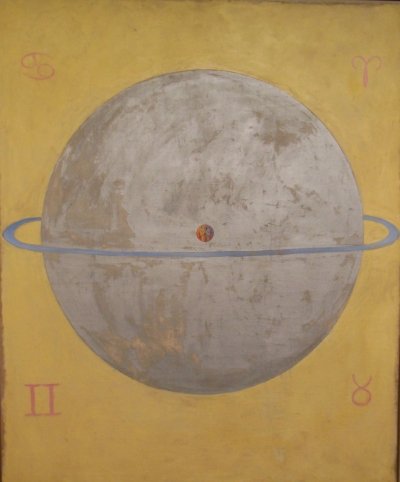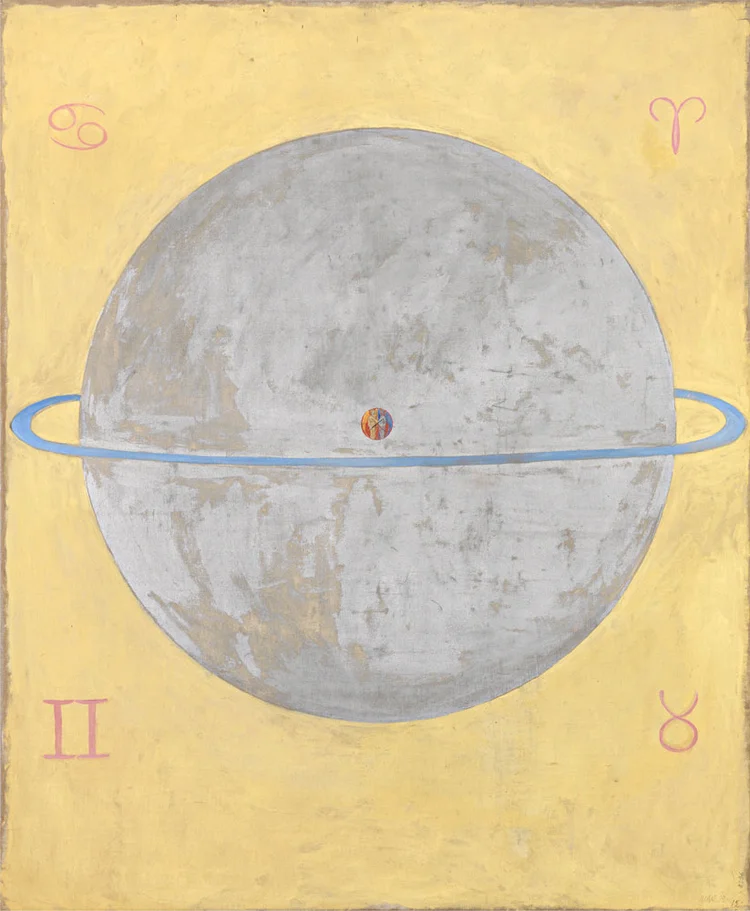Many may not ever have heard of Charles Sanders Peirce (1839-1914) but he might just be the most original and the most versatile intellect the US has so far produced. He was an innovative force in philosophy and mathematics, developed pragmatism as a method of research, but considered himself, first and foremost, a logician. He was the founder of semiotics, the science of signs and symbols, i.e. how meaning is created and communicated. It is his invention of the triadic sign system that will interest us here. Getting acquainted with this method we might get a better understanding how astrology works.
What is a sign? According to Peirce any thing or phenomenon may be considered a sign. It is something we notice, we can see it, hear, touch, smell or taste it. A sign always stands for something else (smoke>fire, siren>alarm, flag>country, yawning>boredom etc), something that stays invisible {‘object’). But there needs to be a mediator who brings sign and object into relation, who makes the connection. All and every experience we have can be traced back to this triad. We are generally just not aware of this intricacy.
This may be helpful to understand how astrology works. The signs astrologers observe are the positions of the Sun, the Moon and the seven planets of our Solar system as they appear to us seen from Earth. But we are not looking at the planets the way physicists and astronomers do. We perceive the planets as signs that stand in for something else, for an archetypal realm that in itself can never be accessed. The astrologer’s first task is to give sense of the signs he perceives and then to translate them then into experiences we encounter in our everyday life.
For instance, Mars appearing reddish to the eye and with its forceful zodiacal pace calls up the archetype of the Warrior which can be experienced in countless forms (willful, aggressive, expansive, dynamic). It can also be seen as the sign for the primordial force of cutting/separation/dissonance - in contrast to the corresponding primordial force of binding/union/cohesion as represented by Venus with her brilliant radiance, mild and soothing to behold, when we catch sight of her as the evening or morning star.
We have to keep in mind that a sign is only a sign when interpreted. For those who do not notice a sign nothing will come to mind. For astrology the planets in their constellation are seen as a system of signs to be interpreted. For others they are just a meaningless spectacle. Peirce was a pragmatist, and the ultimate test for any interpretation was that it proved itself: it had to work. And that is the test for astrology, too.
(An older, more theoretical, version can be seen as a blog in ‘On my mind’)
Charles Sanders Peirce (1839-1914) philosopher, logician, mathematician, and scientist


